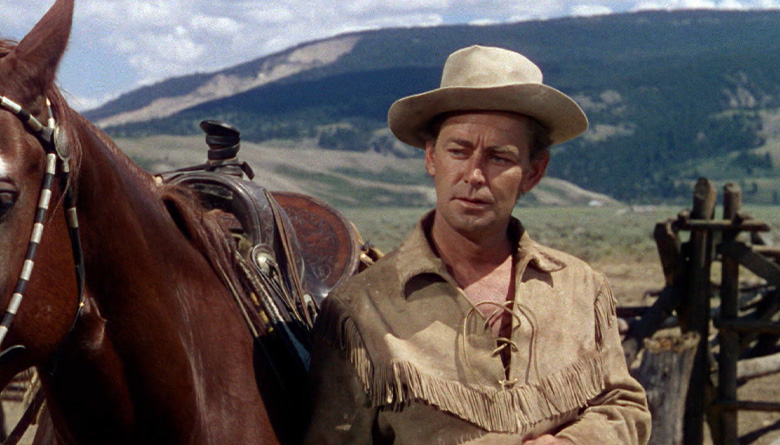On July 3, 1918, a four-year-old boy named Alan Ladd accidentally set fire to a shabby apartment building in Hot Springs, Arkansas. Little did anyone know that this child, who had found a box of matches to play with, would one day rise from the ashes of poverty to become one of Hollywood’s most iconic actors.
Early Life and the Fateful Incident
Born on September 3, 1913, in Hot Springs, Arkansas, Alan Ladd’s early life was marred by hardship and struggle. His father died when he was just four years old, and his mother, overwhelmed by grief and financial difficulties, moved them to Oklahoma City. The tragic fire incident on July 3, 1918, was a turning point in their already tumultuous lives. Although the fire destroyed their apartment, it also symbolized the burning determination that would later fuel Ladd’s rise to stardom.

The Journey to Hollywood
After the fire, Ladd and his mother relocated to North Hollywood, California, in search of better opportunities. Despite their hopes, they faced significant financial challenges. Ladd, determined to escape the clutches of poverty, took on various odd jobs, from selling newspapers to working as a lifeguard. His striking good looks and athletic build eventually led him to small roles in local theater productions and bit parts in films.
Breakthrough and Stardom
Ladd’s big break came in 1942 when he was cast in a supporting role in the crime thriller “This Gun for Hire.” His portrayal of the cold and enigmatic hitman, Raven, captivated audiences and critics alike. The success of this film marked the beginning of Ladd’s illustrious career in Hollywood.
Throughout the 1940s and 1950s, Ladd starred in forty-seven films, becoming a beloved figure in American cinema. Known for his roles as a solitary hero with a strong moral compass, he brought depth and nuance to characters that might have otherwise been one-dimensional. His stoic demeanor and quiet strength resonated with audiences, making him a standout star of his era.
Iconic Roles and Lasting Legacy
Ladd’s most iconic role came in 1953 when he starred as the titular character in “Shane,” a classic western directed by George Stevens. As Shane, a weary gunfighter seeking redemption, Ladd delivered a performance that has since become a benchmark for the genre. The film’s climactic scene, where Shane bids farewell to the young boy who idolizes him, remains one of the most memorable moments in cinematic history.
Other notable films in Ladd’s career include “The Blue Dahlia” (1946), “Whispering Smith” (1948), and “The Great Gatsby” (1949). In each of these roles, Ladd showcased his ability to convey vulnerability and strength, earning him a permanent place in the annals of Hollywood.
Personal Struggles and Untimely Death
Despite his professional success, Ladd’s personal life was fraught with challenges. He struggled with depression and alcohol dependency, issues that were exacerbated by the pressures of fame. On January 29, 1964, Alan Ladd was found dead in his home, the result of an accidental overdose of alcohol and sedatives. He was only fifty years old.


